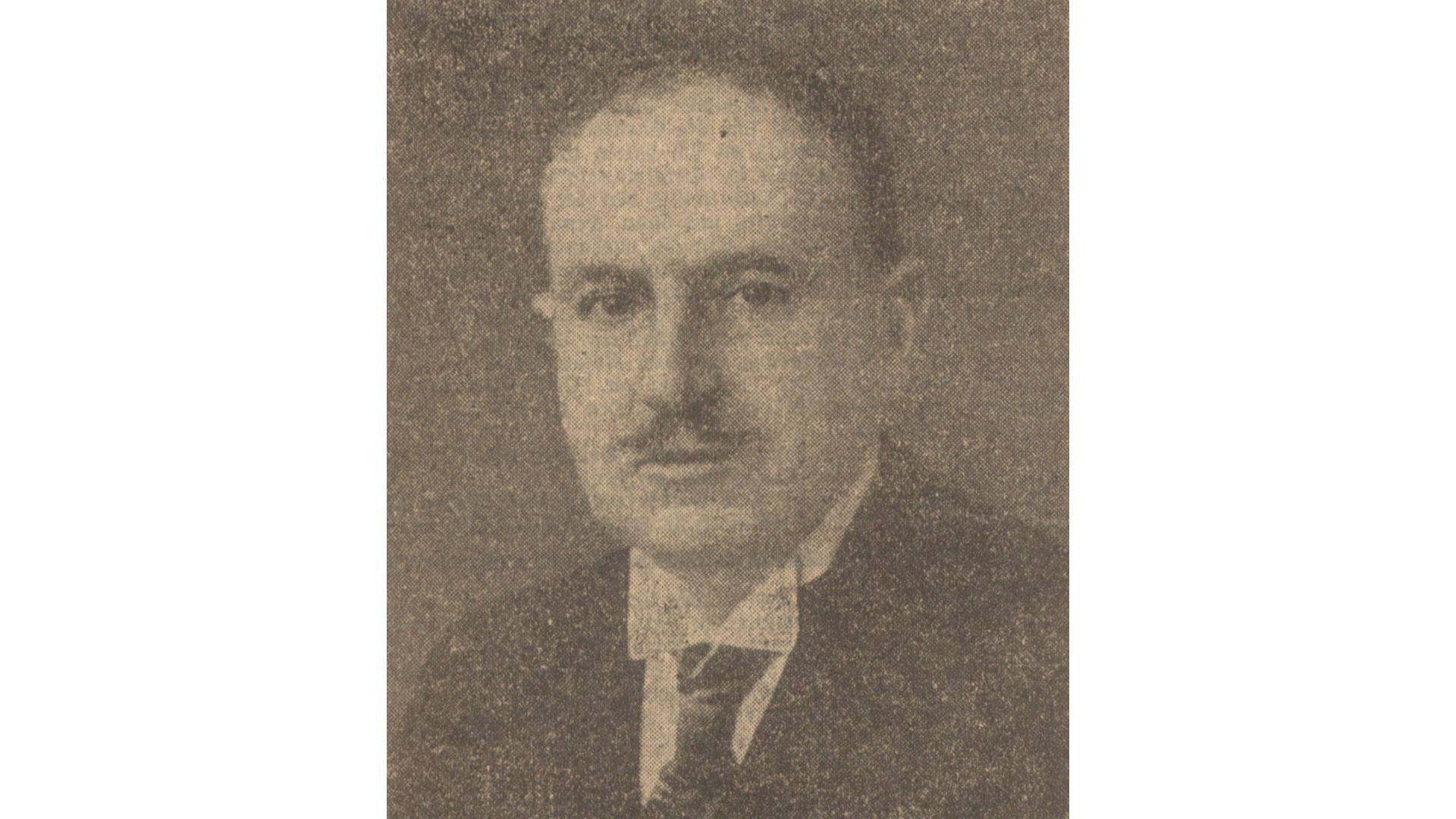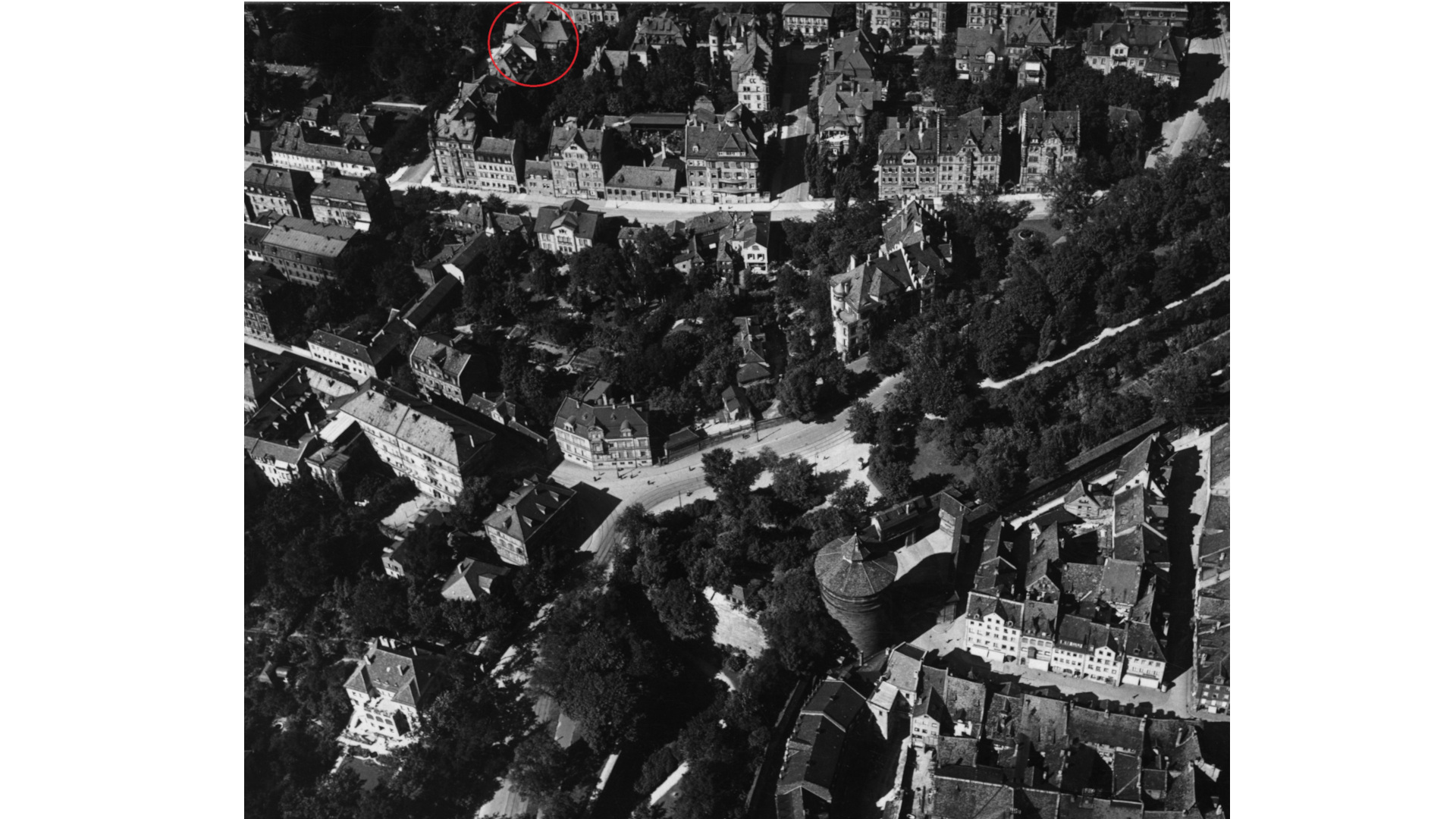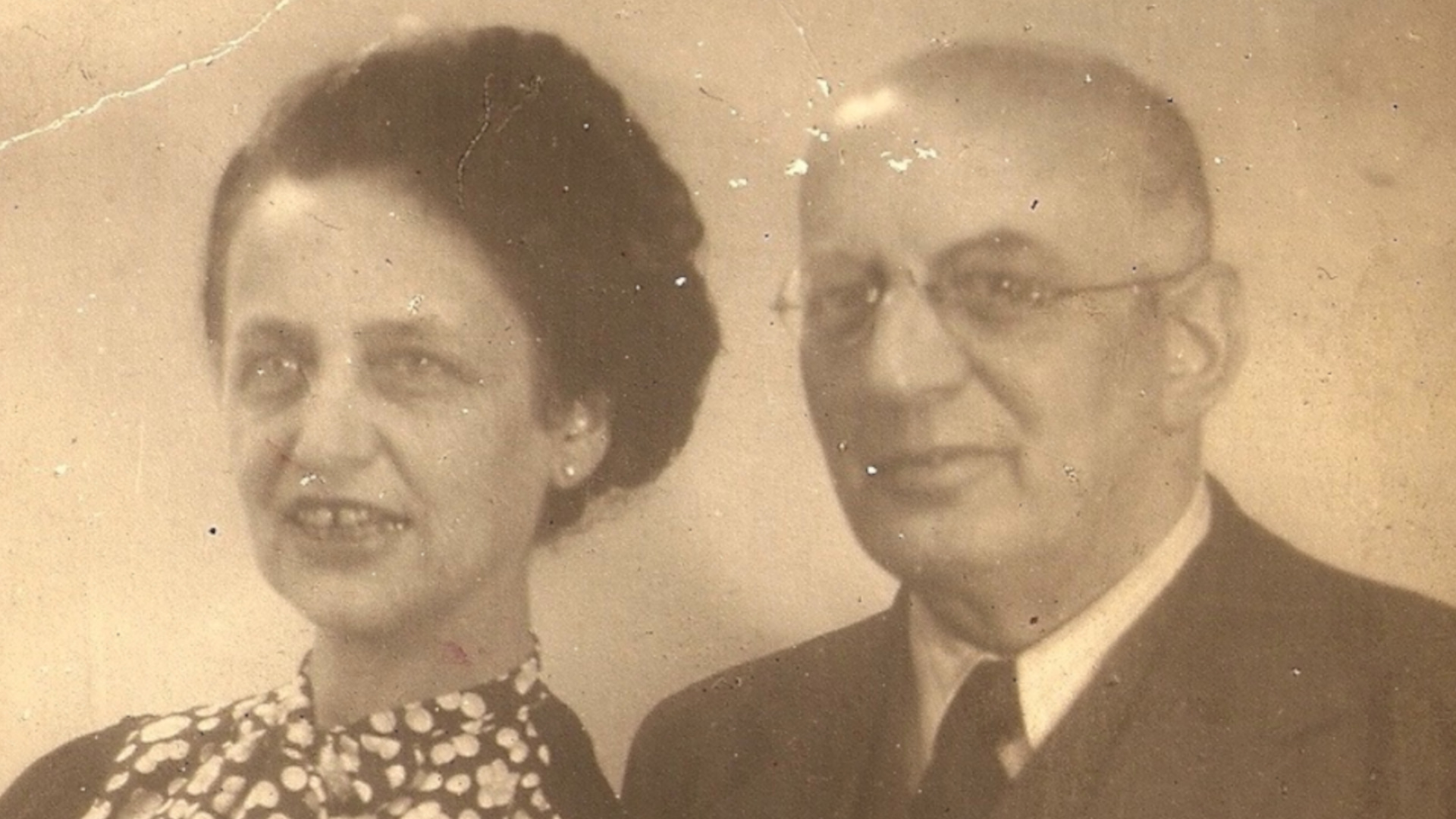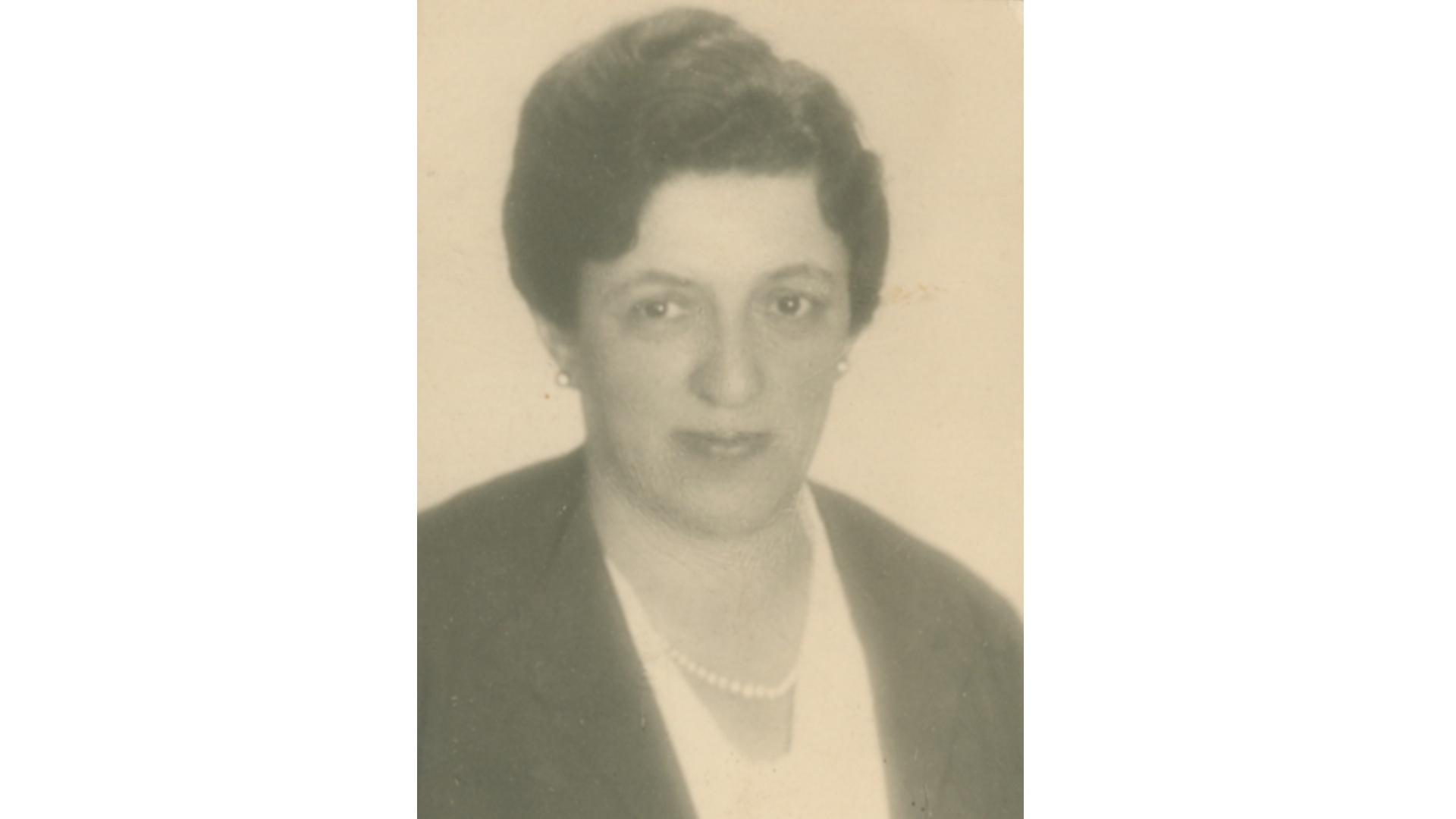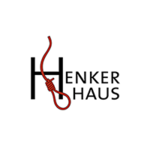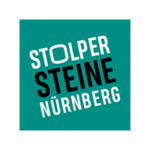| Location of stone: Frommannstrasse 23 | District: St. Johannis |
| Sponsor: Ärztlicher Kreisverband Nürnberg (The Nuremberg District Association of Physicians) | Laying of stone: 18 September 2015 |
Biography
On 18 September 2015 Nuremberg doctors laid stumbling stones in memory of former Jewish colleagues. These included the renowned orthopaedist Dr Leonhard Rosenfeld. The influence of his work in the area of caring for the physically disabled extended well beyond Nuremberg.
Leonhard Rosenfeld was born in Nuremberg on 29 April 1865, the son of textile dealer David Rosenfeld and his wife Marie (née Seligsberg). His maternal grandfather was a doctor. Leonhard studied medicine in Erlangen, Munich and Berlin and became an orthopaedist. In 1891 he opened a surgery in Nuremberg, which soon became operational as a “surgical-orthopaedic private sanatorium”. A mechanical workshop for orthopaedic therapy was attached to the sanatorium.
In August 1897 Rosenfeld married Bertha Rau. Bertha was born in Nuremberg on 3 November 1875. The marriage produced two children: daughter Hildegard (born on 29 January 1900) and son Dietrich (born on 3 February 1906). From October 1908 onwards the family lived at Frommannstrasse 23.
From an early stage Rosenfeld advocated the care of “cripples” (as disabled people were called at the time). He made a name for himself as a travelling speaker and author of specialised literature, becoming in 1909 the co-founder and a board member of the “German Association for the Care of Cripples” (today’s “German Association for the Rehabilitation of Disabled People”). Rosenfeld was president of the Nuremberg branch. He was also in charge of Nuremberg City Council’s “Advice Centre for Crippled Children”.
Orthopaedics first established itself as a separate discipline at the end of the 19th century. At the time, Rosenfeld was regarded as one of its most influential representatives in the German Reich. On his 65th birthday, well-wishers referred to this senior medical civil servant as the “Father of German Orthopaedics”.
At the beginning of the First World War Rosenfeld was enlisted as a staff surgeon in the army reserve. He served as a medical officer on the Western Front and from March 1917 onwards was head physician in the fortress military-hospital at the military college in Metz. In August 1917 he was transferred to the reserve military hospital III in Nuremberg.
After the war he devoted himself chiefly to caring for severely disabled war invalids. In 1927, as president of the above-mentioned association, he was able to found the “home for cripples” in Schwaig (later to become “Wieseneck House”). Here, physically disabled young people received orthopaedic treatment and their vocational training was sponsored.
In spring 1933 Rosenfeld had to resign from his executive board positions. According to the obituary notice, he died on 3 November 1934 “following a brief severe illness”. His son Dietrich had died just a few weeks before, on 7 September in Hamburg.
Bertha Rosenfeld was deported to Theresienstadt on 10 September 1942. She survived the camp and died on 6 December 1960 in Nuremberg. Her daughter Hildegard had married the Lutheran orthopaedist Dr Christian Poltzler and converted to Lutheranism. The “miscegenation” protected her from deportation. She died in September 1980.
- Daniela Stadler: Krüppel ist keine Diagnose […] Krüppel ist ein sozialer Begriff – Zum Lebenswerk des Nürnberger Orthopäden Dr. med. Leonhard Rosenfeld, in: NORICA. Berichte und Themen aus dem Stadtarchiv Nürnberg, vol. 11 (2015), pp. 76-93.
- Nuremberg City Archives, C 21/IX No. 824.
- Nuremberg City Archives, GSI 49 civil register.

